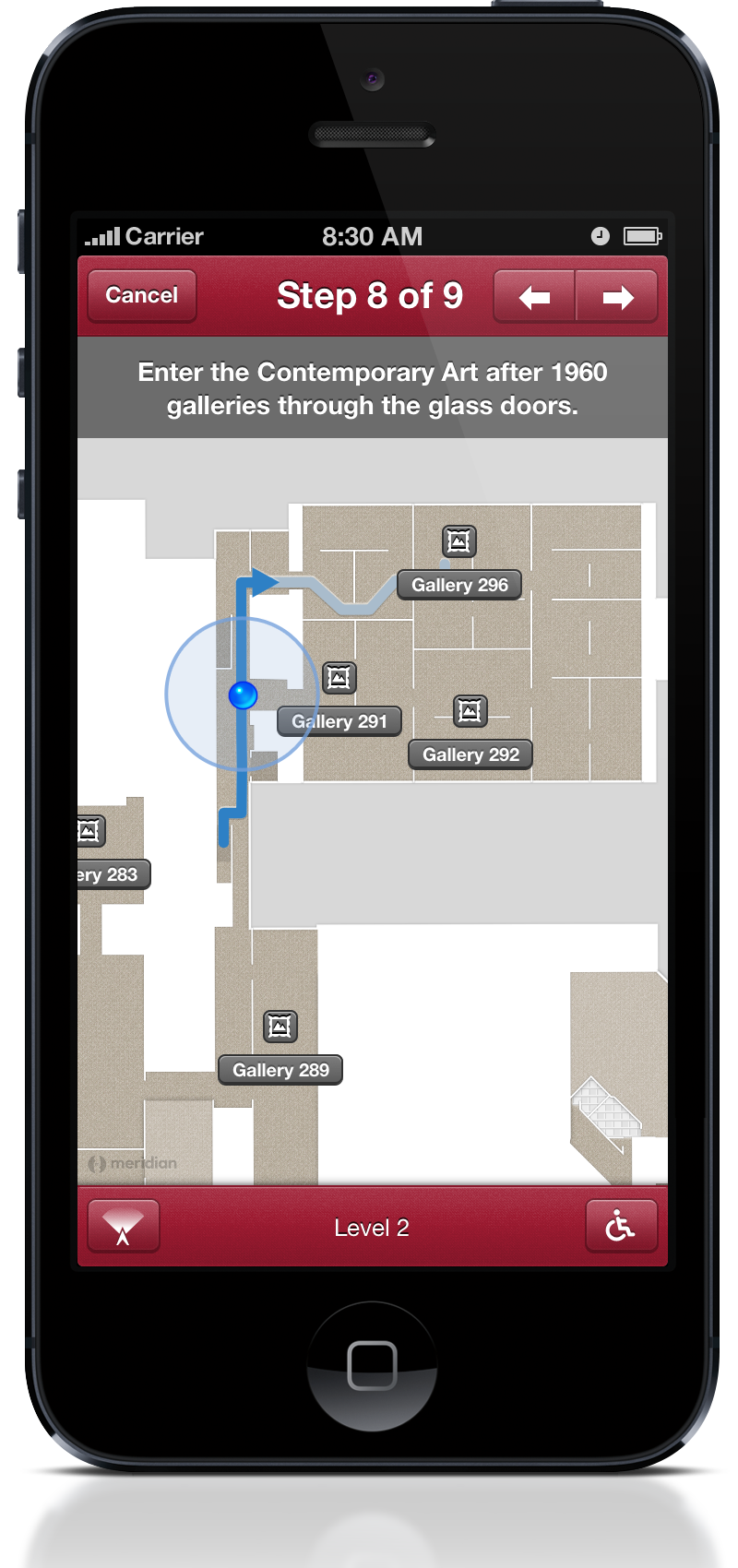To accompany their recently opened exhibition The Life of Art: Context, Collecting, and Display, the Getty released a mobile app of the same name. The exhibition, which opened in February, looks at only four objects in the museum’s collection, but it does so in extreme detail to encourage users to consider the entire “life” of the object, long before it entered the museum’s collection.
Their app of the same name allows iPad users to explore the same four objects in the installation, providing a 360-degree view of the objects as well as information about the technique used in the objects creation, the history and cultural context of the style, and any damage that came from the object’s use over time.
For more information, visit the Life of Art app or stop by the VRC to check out this app and many other art apps on our iPad 2.
